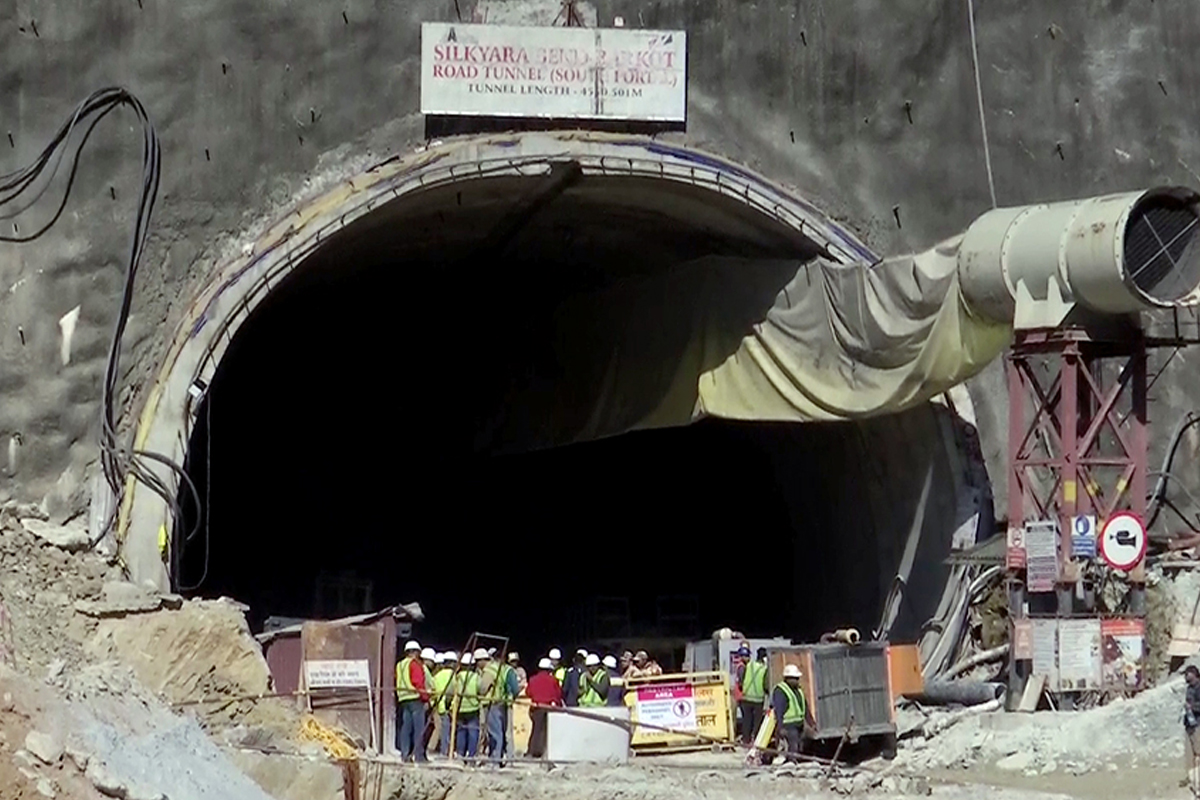Uttarakhand to demand separate development model from Niti Aayog
Uttarakhand wants Niti Ayog to provide special financial packages and development models for the Himalayan states.
During the challenge presented by the tunnel collapsed in Uttarakhand, an unaexpected group emerged as the heroes ~ the so-called “rat-hole miners.”

Photo: ANI
During the challenge presented by the tunnel collapsed in Uttarakhand, an unaexpected group emerged as the heroes ~ the so-called “rat-hole miners.” Banned due to safety concerns and environmental repercussions, these miners, adept at burrowing in confined spaces, played a pivotal role in rescuing 41 workers trapped for 17 harrowing days. As heavy machinery faltered in the face of formidable debris, it was the unconventional skills of the rat miners that became the beacon of hope. The very term “rat-hole mining” conjures images of controversy and danger, a practice once prevalent in Meghalaya until a ban was imposed in 2014. Yet, in a remarkable turn of events, these miners, who claim to have received training in Delhi and deny any involvement in coal mining, became the linchpin of a life-saving mission. The intricate teamwork among the rat miners unfolded in the depths of the tunnel, where a delicate balance of drilling, collecting debris, and pushing it out of a narrow pipe became the modus operandi.
Their tireless efforts, working for more than 24 hours straight, exemplify a resilience born not out of legality but out of necessity. When faced with adversity, nothing was deemed too difficult for them. The success of the rescue operation brought to light the paradox of a banned profession being instrumental in a government-led mission. It prompts us to reconsider the dynamics of such prohibitions and their unintended consequences. While “rat-hole” mining has rightly earned infamy for its hazards and environmental damage, the same skills, when repurposed for rescue, showcase a different facet ~ one of adaptability and resourcefulness. The intertwined narratives of the trapped workers and the rat miners form a tapestry of unity and hope. In the words of one rescued worker, “We lived like brothers.” The sense of camaraderie and shared humanity transcended the labels of legality or profession. It was a testament to the innate desire to help fellow human beings, a sentiment that resonated not just within the tunnel but reached the highest echelons of government. The incident raises questions about the efficacy of mining bans and the need for comprehensive regulations on construction. While the ban on “rat-hole” mining aimed to curb environmental damage and prevent fatalities, it inadvertently pushed the practice underground, figuratively and literally.
The very miners who once extracted coal in controversial conditions found themselves repurposing their skills for a noble cause. As we celebrate the successful rescue, it is imperative to address the root causes that led to the involvement of rat miners. It underscores the importance of revisiting regulatory frameworks, ensuring that they not only deter hazardous practices but also foster alternatives that channel the skills of these workers in safer, socially beneficial ways. In the end, the rat miners’ unconventional resilience turned a page in a story of despair, proving that sometimes, from the darkest tunnels,
Advertisement
Advertisement